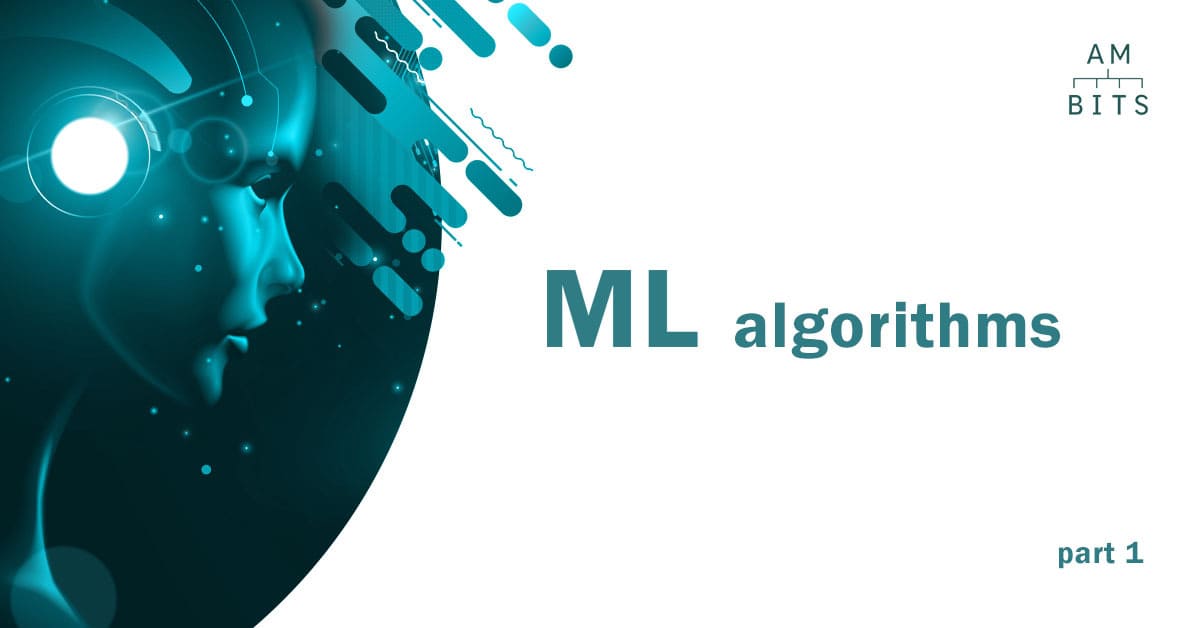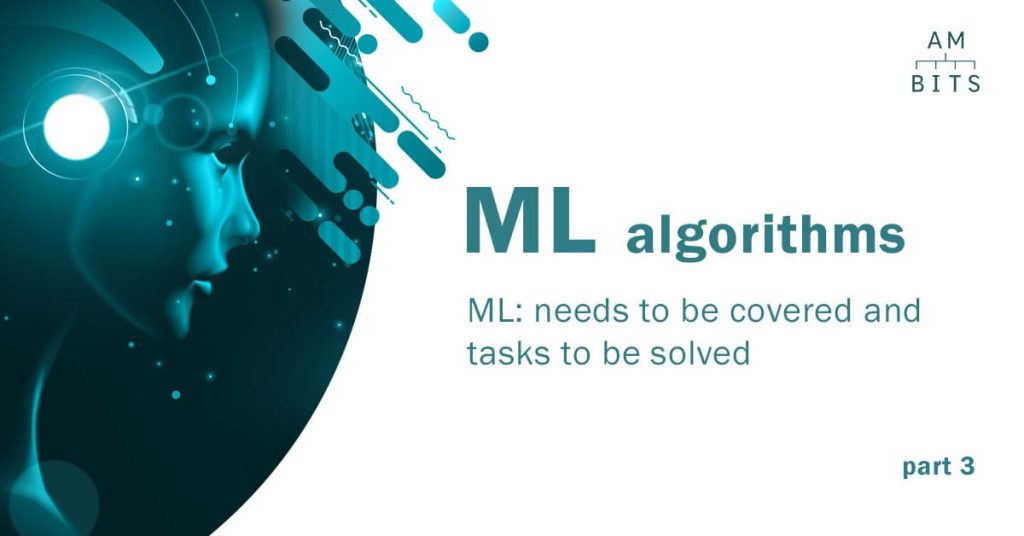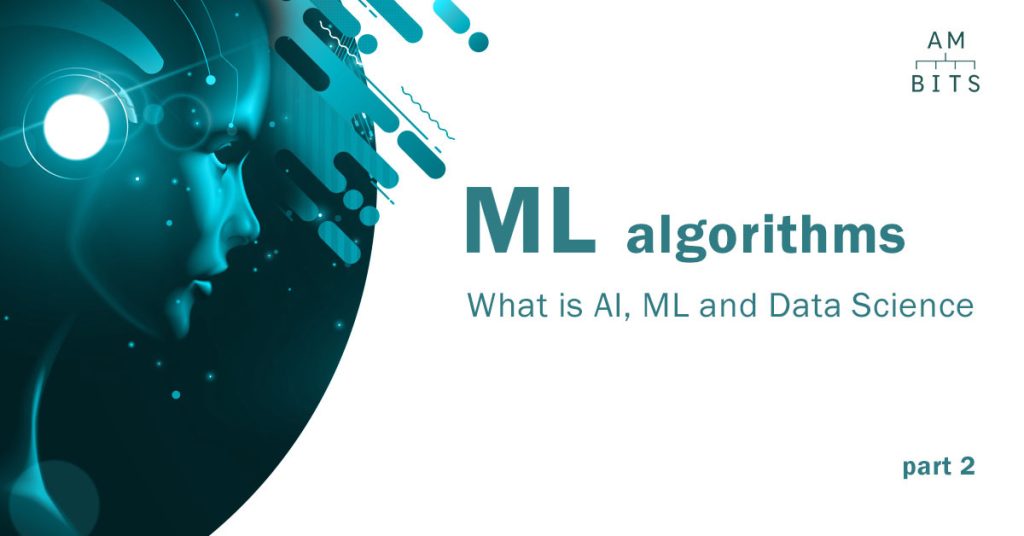
Introduction
The notion of machine learning is truly omnipresent nowadays. ML has firmly taken its place in the news trends, the job market and business automation. The success stories of “Artificial Intelligence” implementation are truly ample, and Data Scientist has become “The Sexiest Job of the 21st Century”.
That being said, despite its immense popularity, ML is still rather difficult to comprehend, due to its complexity, novelty, and booming growth (which gives rise to a bunch of myths), and there are plenty of open questions for people trying to understand this topic.
The main goal of this series of articles is to describe, in simple language, what Machine learning is, where and how it is applied, what tasks it solves, and to dispel several relevant myths, while the main intended takeaway is the basic concepts that are necessary for implementing a successful ML project.
In this part of the article, we will consider the question of what machine learning is, give basic definitions, list the stages that implementing an Machine Learning project consists of, and see what tasks can be solved using ML.
We will start with basic concepts and gradually delve deeper into the essentials, but first – let’s consider the following example.

Let’s consider an agency that resells used cars, and there is a need to predict its value on the market (resell price), based on given information about the car. The company needs to analyze a large number of ads from various sites in order to first respond to profitable offers (in literally less than a second after the proposal appears); however, since the number of ads per day on various resources is huge, it is almost impossible to track them manually.
In order to solve this issue, the company needs to develop a software assistant that would quickly grep through the ads and find suitable ones. It would predict the car prices on the secondary market, and if the expected market price for a particular car is higher than the proposal, the ad should be sent to an expert for consideration. (Learn more about case ).
To solve the problem is needed:
- Articulate the problem (to build an algorithm for predicting the price of a car on the secondary market based on the car properties).
- Collect the vehicle data, stored on ad sites. Based on this data, we will train the algorithm and make predictions.
- Do data preprocessing (bring data into tabular form, clean, enrich data, process missing data).
- Build a predictive model.
- Develop a software infrastructure for this task and integrate our algorithm from point 4 into it.
After implementing the above steps, we get a program that collects cars sale ads from ad sites, analyzes them and only sends the likely financially profitable ones for expert consideration.
As you can see, ML is not a magic wand that solves any problem out-of-the-box, but a complex tool that requires thoughtful integration, not to mention the process of researching and developing the Machine Learning algorithms themselves.
This example shows how ML can be used to automate business processes, and more importantly, it demonstrates the basic steps (1-5) of developing an ML project. It should be kept in mind that despite the seeming simplicity, the implementation of an ML project is a complex and rather difficult task.
So, let’s move to the further parts of this article to get a deeper understanding of what Machine Learning is.
We offer you to read the implemented ML projects by AM-BITS: https://am-bits.com/solutions/analytics-projects




